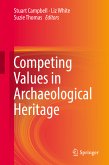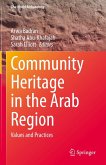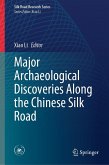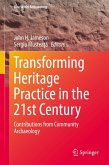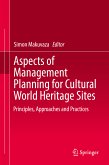It establishes that fibre identification is a key element in ancient textile studies, showing its importance in understanding a large variety of economic and social aspects of human societies. However, fibre identification in archaeological textiles is not a straightforward task, mainly due to the vast variety of fibres people used in antiquity to make textiles and the more often than not poor condition of preservation of excavated textiles. Currently, comprehensive studies on more traditional fibre identification techniques, such as Scanning Electron and Optical microscopy, spectroscopic techniques (e.g. Fourier Transform Infrared spectroscopy - FTIR, Raman) and recent advances in aDNA and paleoproteomics, along with experiments on artificial ageing and deterioration of textiles, constitute a promising path down the exploration and analysis of archaeological textiles. This book shows how these techniques have advanced the discipline of textile archaeology and contributed to our understanding of the past.
This volume brings together scholars investigating fibres in a holistic way, by the incorporation of a variety of methods, in order to improve the current methodological approaches in the study and conservation of textiles and related material.
Chapter 6 is available open access under a Creative Commons Attribution 4.0 International License via link.springer.com.
Dieser Download kann aus rechtlichen Gründen nur mit Rechnungsadresse in A, B, BG, CY, CZ, D, DK, EW, E, FIN, F, GR, HR, H, IRL, I, LT, L, LR, M, NL, PL, P, R, S, SLO, SK ausgeliefert werden.
Hinweis: Dieser Artikel kann nur an eine deutsche Lieferadresse ausgeliefert werden.



